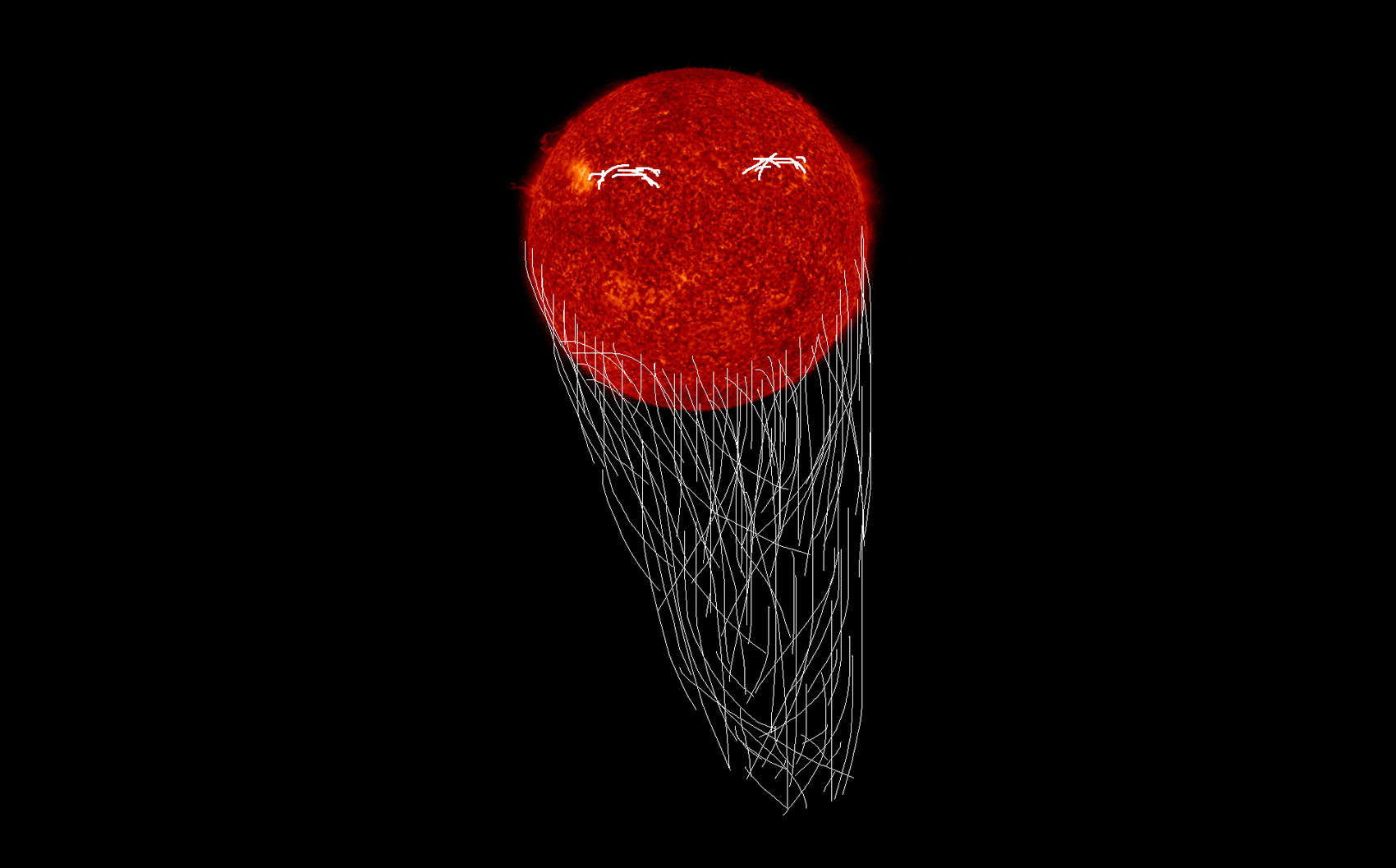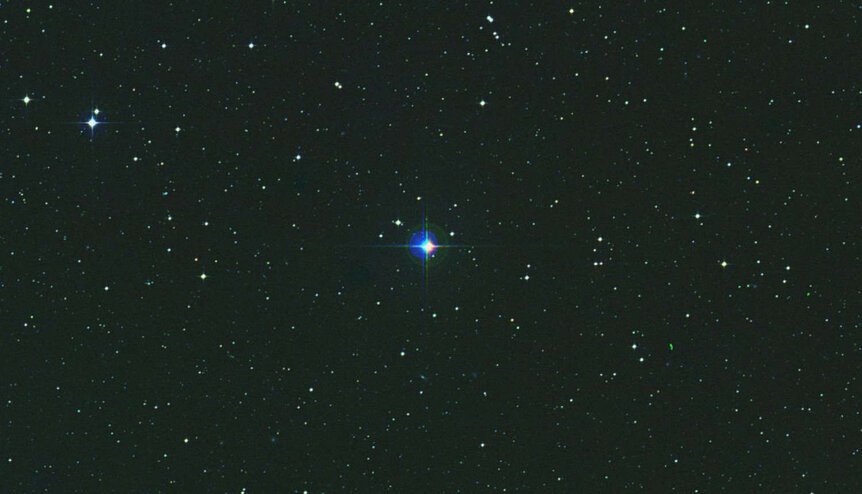Create a free profile to get unlimited access to exclusive videos, sweepstakes, and more!
Methuselah's Star is not older than the Universe after all. But it's still pretty frakking old.

There are times in science when you get a result that you know is wrong, but you don't know why. This can lead to some interesting suppositions and many times to very interesting science.
Like, for example, when you find a star that appears to be, um, older than the Universe.
Such is HD 140283, a star similar to the Sun that lies 200 light years from Earth — pretty close as stars go. It's been known for some time to be a special kind of star, one we say is low metallicity.
In a nutshell, the early Universe was mostly hydrogen and helium, and heavier elements (what astronomers call metals for historical reasons) didn't start turning up until massive stars made them in their cores, exploded, and sent them sleeting out into space to get incorporated into newer stars.
What this means is that older stars tend to have fewer heavy elements in them, and younger stars have more. We use the Sun as a standard, because why not. By that measure, HD 140283 has a metallicity 1/250th (0.004) that of the Sun!
That's extremely old, implying a very old age for this star. Other measurements seem to bolster that, which is why it was nicknamed Methuselah's Star. One measurement, using Hubble in 2013, put its age at about 14.5 ± 0.8 billion years old.
That's a bit of a problem. The Universe is only 13.77 ± 0.04 billion years old. Is this star older than Universe?
Well, pump the brakes here. The uncertainties in those numbers (the ± part) are carrying a lot of weight. 14.5 – 0.8 = 13.7, so it's entirely possible the age of the star is less than thought. There's no astronomer on the planet, I'd wager, who thinks the star is actually older than the Universe itself! Of course, if you look you'll find a lot of articles overstating its age, and some from less-then-reputable sites saying HD 140283 comes from an earlier Universe that survived through the Big Bang to ours. How that works exactly isn't clear (because it's flat-Earth level science).
The problem is narrowing down the uncertainties. One thing that helps is getting the distance, so that we know how bright it really is (we can measure the brightness here on Earth, and then correcting for distance know how much light it's actually emitting, called the luminosity). Recent advances have helped here, so a group of astronomers tackled this star once again. Using the best measurements to date, they used software that creates models of how stars change over time given basic properties of them like mass, luminosity, elemental content (that one's critical here, due to the low metal content of the star), and so on.
What they found is that the mass of the star is 0.81 ± 0.05 times that of the Sun, and its age is (drumroll please)... 12.01 ± 0.05 billion years.
Ahhh, that's better. Comfortably younger than the cosmos, and therefore formed after the Big Bang.
But yeah, it's still really frakking old. The Sun is 4.6 billion years old, for comparison. The Milky Way galaxy itself is about 12 billion years old meaning this was one of the very first stars to be born in it, maybe even as the galaxy itself was forming. That's amazing.
Given its advanced age, it's not a surprise that the star is now dying. It's been running out of hydrogen fuel in its core for some time now, and is starting to expand into a red giant. At the moment that process is just starting, so it's what we call a subgiant. It's already about twice the Sun's diameter, and will eventually swell up quite a bit more. After that it will undergo a long process of losing mass through a subatomic particle wind, shrink, expand again, and eventually blow off all its outer layers to become a low mass white dwarf. At that point it will cool, fading away over more billions of years to become a black dwarf. The time that will take is actually much longer than it's already been alive, so in that sense it has a very, very long future ahead of it.
So it seems the cosmic age paradox of Methuselah's Star is now resolved.
But, I'll note, it's unlikely to be the very oldest star in the galaxy. The Milky Way is 120,000 light years across, so what are the odds the oldest star happens to be 200 light years away? It just happens to be close enough to study well, and the distance implies there are many more stars like it, and maybe older, in the galaxy, one of the earliest generations of stars in the Universe. Finding and analyzing them will add to our understanding of how these ancient stellar denizens behave.
The stars are old, but the day is yet young. Plenty more out there to find and study.




























